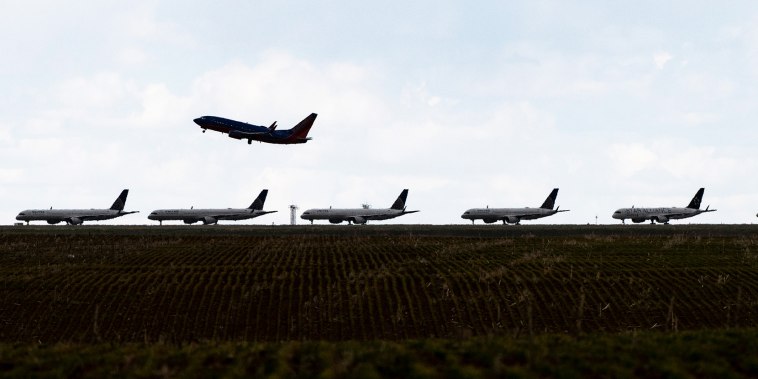
Soaring Aviation Incidents: Experts Advise, No Need for Panic!
Body:
A proliferation of aviation incidents might cause some trepidation among people, especially those who are already uncomfortable with flying. However, many experts in aviation safety insist that there is no cause for the heightened alarm.
Firstly, it’s important to put the apparent increase in aviation incidents into context. The global reach of information and the ubiquity of social media has made it easier than ever to disseminate news about aviation incidents. In days gone by, people would remain largely unaware of many such events, but now every incident seems to be broadcast globally.
Furthermore, the sensationalist nature of modern media – driven by the need to capture audiences’ attention – can give the impression that these incidents are more common than they actually are. Widespread reporting on aviation accidents can create an emotionally charged environment, which contributes to a skewed perception of risk related to air travel.
The fact remains that air travel is one of the safest modes of transportation. According to the World Bank, the number of air crash deaths per billion passenger-journeys was just 0.07 in 2018. To put this in perspective, the rate for car crash deaths and rail crash deaths were 3.1 and 0.5 per billion passenger-journeys respectively.
Statistically, air travel is still significantly safer than many other forms of transportation. Most incidents that occur during flight are relative minor like turbulence, technical problems that require non-emergency landings, or crew medical emergencies. These occurrences are indeed unwelcome, but they hardly ever result in fatalities or major injuries.
Aviation safety continues to improve with the constant evolution of technology, policy changes, and safety practices. Aircraft and their subsystems are becoming more robust and reliable, and flight crews are increasingly better trained. Advanced autopilot systems and increased automation help to reduce human error, further enhancing safety.
Notably, the airline industry is also highly regulated. Aircraft manufacturers, airlines, and pilots all operate under strict safety standards and rigorous oversight from regulators like the Federal Aviation Administration (FAA) in the United States and the European Aviation Safety Agency (EASA) in Europe. This stringent regulation ensures that any safety concerns are promptly identified and addressed.
That said, any incident or accident in the air is obviously significant, and each is thoroughly investigated by authorities. Even minor incidents that occur during flights can provide actionable information that contributes to the safety of future flights. These investigations lead to improvements in various aspects of aviation, making each journey safer than the last.
In conclusion, although one cannot entirely eliminate the risks associated with air travel, the industry has a commendable safety record, and significant measures are continually being implemented to preserve and enhance this record. It’s crucial to look at the broader context and take into account the persistent efforts by airlines, regulators, and the broader aviation industry to maintain, and improve, the safety of air travel. Hence, nothing truly substantiates the fear that aviation incidents are proliferating – and that’s a fact becoming more recognized by aviation experts worldwide.
